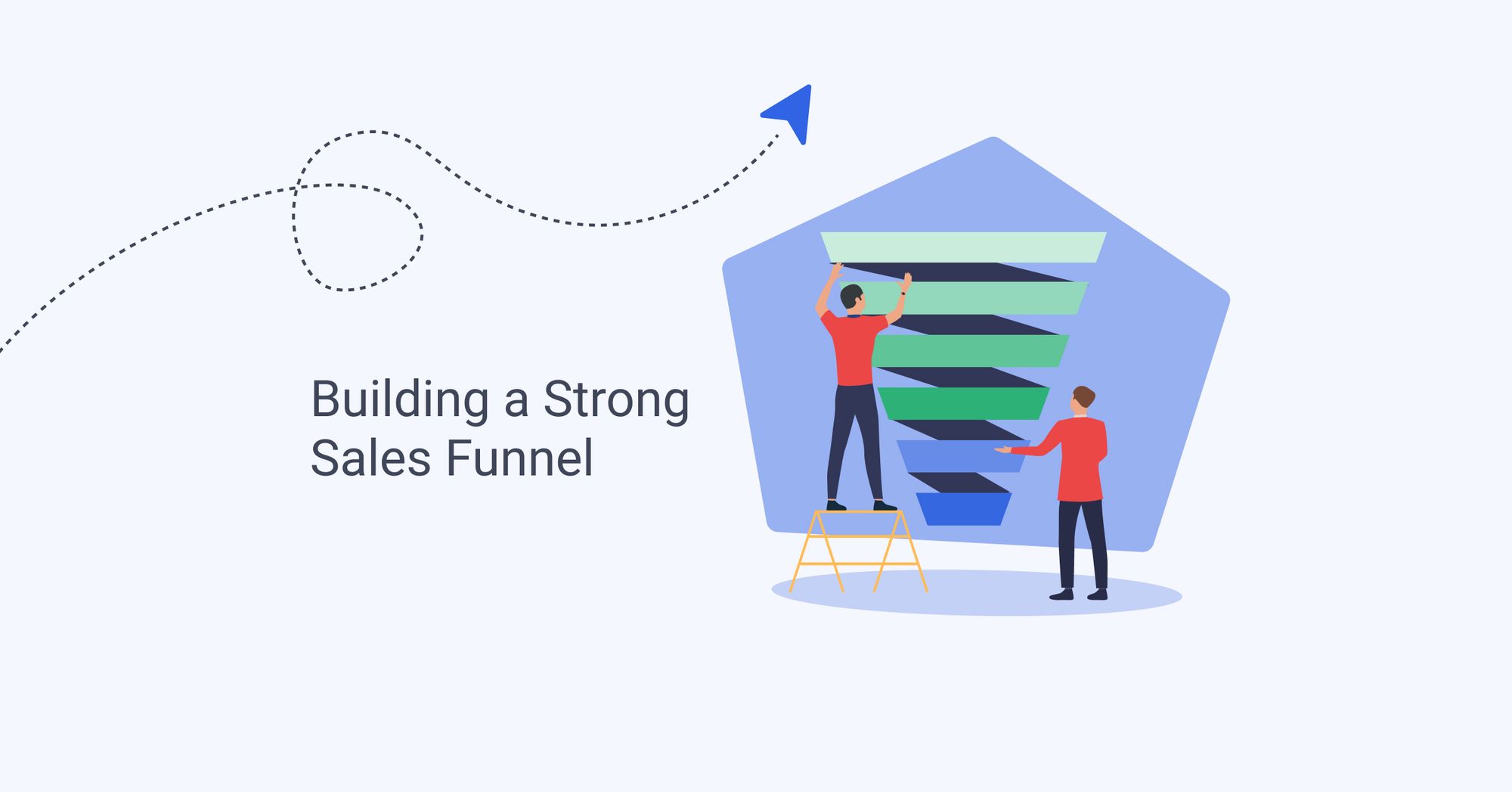What is a Sales Funnel – Case Studies Explained 2025
There are two types of business – profitable and mainstream companies. The mere difference between both of them is how good they market their product and services. That’s when the sales funnel comes in at the rescue. Those businesses who know how to harness the sales funnel, are always in retreat. If you are looking to incorporate sales funnel in your business, you are at the right place. I will tell you the importance of sales funnel followed by easy analogy of the local business. Once you read this blog, you will have profound understanding of implementing sales funnel into your business. Put on your reading glasses and scroll on! What is a Sales Funnel? A sales funnel is a step-by-step guide that maps out a customer’s journey—from discovering your brand to making a purchase. It simplifies the process into clear stages, ensuring potential buyers move smoothly from awareness to checkout. Think of it as a well-planned path that turns interest into action, helping businesses attract, nurture, and convert leads with ease. Case 1 I’ve watched businesses with solid products struggle to make the money they should be making. Why? Because they’re treating sales like a one-time transaction instead of a journey. For example, Take coaches selling one-off courses. They cash in on a sale, maybe even regularly, but then—boom, dead end. No follow-up, no next step. Just money slipping through the cracks. Now, here’s the golden rule: A customer who just bought from you isn’t cold. They’re sizzling hot. Their wallet’s open, their trust is fresh, and their buying mood is at its peak. If you don’t guide them to the next offer, you’re practically handing profits to someone else. So instead of obsessing over new customers, focus on turning each sale into a stepping stone for the next. That’s how you build not just a business—but a money-making machine. Case 2 I’ve seen businesses pour money into lead generation ads, only to freak out over the cost per lead—blaming Facebook for burning their budget. But here’s the kicker… the ad wasn’t the problem. The real leak? Their broken funnel. If your ad is bringing in leads but your funnel isn’t turning them into paying customers, that’s not a Facebook issue—that’s a you issue. The smartest marketers don’t cry over ad costs; they fix the holes in their funnel so every lead is worth more. Because when your funnel is dialed in, even “expensive” leads turn into insanely profitable customers. Case 3 Some businesses are making decent money, but they could be making way more. The difference? A strong sales funnel. When your funnel is set up right, every customer, every ad, and every sale works smarter—not harder—to boost your profits. It’s not about working more; it’s about working better. Sounds good? Let’s dive in! Basic Thumb Rule for Creating Sales Funnel in Marketing Think of a sales funnel like building a solid meal deal at your favorite fast food place. For example, Every item—burger, fries, and drink—can be enjoyed on its own. But when offered together, they make the experience better. That’s how upsells, downsells, and cross-sells should work in your funnel. Now, here’s what not to do: Imagine selling a phone without a charger and then offering the charger as an “upsell.” That’s just frustrating. The phone feels incomplete without it, and most people won’t even buy it in the first place. Instead, your core product should be complete on its own. The extras? They should enhance the experience—not fix something missing. The goal of a sales funnel is simple: Create additional products that align with the main one, making it even better—without making the original product feel incomplete. Akshay Negiaskakshaynegi.com

